文章目录
- 1. 24. 两两交换链表中的节点
- 2. 23. 合并 K 个升序链表
- 3.148. 排序链表
- 4.236. 二叉树的最近公共祖先
- 5.78. 子集
- 6.138. 随机链表的复制
- 7.25. K 个一组翻转链表
1. 24. 两两交换链表中的节点
24. 两两交换链表中的节点
/**
* Definition for singly-linked list.
* struct ListNode {
* int val;
* ListNode *next;
* ListNode() : val(0), next(nullptr) {}
* ListNode(int x) : val(x), next(nullptr) {}
* ListNode(int x, ListNode *next) : val(x), next(next) {}
* };
*/
迭代:
class Solution {
public:
ListNode* swapPairs(ListNode* head) {
auto dummy = new ListNode();
dummy -> next = head;
auto cur = dummy;
auto node1 = head;
while (node1 && node1 -> next) {
auto node2 = node1 -> next;
auto node3 = node2 -> next;
cur -> next = node2;
node2 -> next = node1;
node1 -> next = node3
cur = node1;
node1 = node3;
}
return dummy -> next;
}
};
时间复杂度:O(n),其中 n 是链表的节点数量。需要对每个节点进行更新指针的操作。
空间复杂度:O(1)
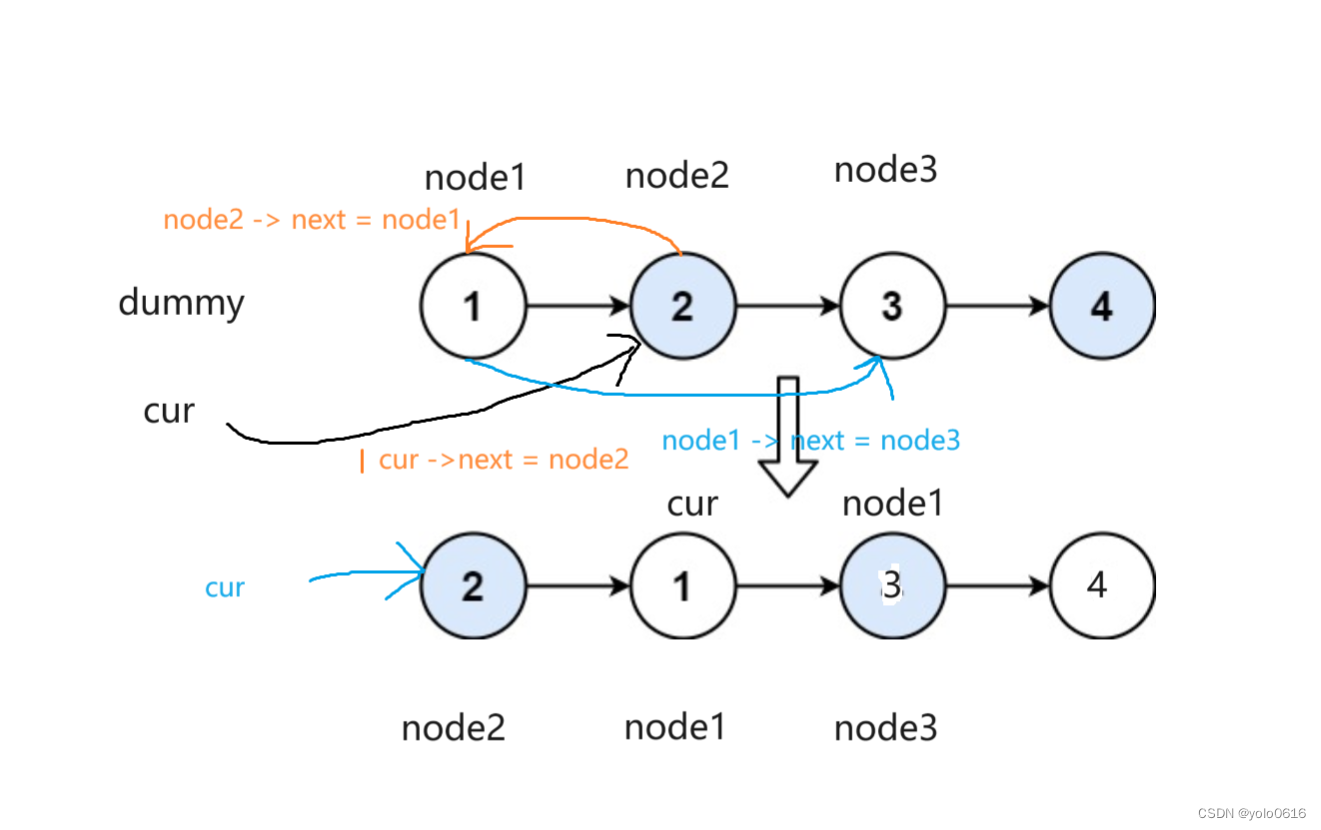
2. 23. 合并 K 个升序链表
23. 合并 K 个升序链表
/**
* Definition for singly-linked list.
* struct ListNode {
* int val;
* ListNode *next;
* ListNode() : val(0), next(nullptr) {}
* ListNode(int x) : val(x), next(nullptr) {}
* ListNode(int x, ListNode *next) : val(x), next(next) {}
* };
*/
class Solution {
public:
ListNode* mergeTwoLists(ListNode *a, ListNode *b) {
if ((!a) || (!b)) return a ? a : b;
ListNode head, *tail = &head, *aPtr = a, *bPtr = b;
while (aPtr && bPtr) {
if (aPtr -> val < bPtr -> val) {
tail -> next = aPtr;
aPtr = aPtr -> next;
}
else {
tail->next = bPtr;
bPtr = bPtr->next;
}
tail = tail -> next;
}
tail -> next = (aPtr ? aPtr : bPtr);
return head.next;
}
ListNode* merge(vector<ListNode*> &lists,int l,int r) {
if (l == r) return lists[l];
if (l > r) return nullptr;
int mid = (l + r) >> 1;
return mergeTwoLists(merge(lists, l, mid), merge(lists, mid + 1, r));
}
ListNode* mergeKLists(vector<ListNode*>& lists) {
return merge(lists, 0, lists.size() - 1);
}
};
时间复杂度:O(kn×logk)
空间复杂度:递归会使用到 O(logk)空间代价的栈空间。
3.148. 排序链表
3.148. 排序链表
/**
* Definition for singly-linked list.
* struct ListNode {
* int val;
* ListNode *next;
* ListNode() : val(0), next(nullptr) {}
* ListNode(int x) : val(x), next(nullptr) {}
* ListNode(int x, ListNode *next) : val(x), next(next) {}
* };
*/
class Solution {
public:
ListNode* sortList(ListNode* head) {
return mergeSort(head);
}
ListNode* mergeSort(ListNode* head) {
if (!head || !head -> next) return head;
ListNode* mid = findMid(head);
ListNode* l1 = head;
ListNode* l2 = mid -> next;
mid -> next = nullptr;
l1 = mergeSort(l1);
l2 = mergeSort(l2);
return merge(l1,l2);
}
ListNode* findMid(ListNode* head) {
ListNode* slow = head,*fast = head;
while (fast -> next && fast -> next -> next) {
slow = slow -> next;
fast = fast -> next -> next;
}
return slow;
}
ListNode* merge(ListNode* l1, ListNode* l2) {
ListNode* dummyHead = new ListNode();
ListNode* cur = dummyHead;
while (l1 && l2) {
if (l1 -> val <= l2 -> val) {
cur -> next = l1;
l1 = l1 -> next;
}
else {
cur->next = l2;
l2 = l2->next;
}
cur = cur -> next;
}
cur -> next = l1 ? l1 : l2;
return dummyHead -> next;
}
};
时间复杂度:O(nlogn)
空间复杂度: O(1)
4.236. 二叉树的最近公共祖先
4.236. 二叉树的最近公共祖先
/**
* Definition for a binary tree node.
* struct TreeNode {
* int val;
* TreeNode *left;
* TreeNode *right;
* TreeNode(int x) : val(x), left(NULL), right(NULL) {}
* };
*/
class Solution {
public:
TreeNode* lowestCommonAncestor(TreeNode* root, TreeNode* p, TreeNode* q) {
if (root == nullptr || root == p || root == q) return root;
TreeNode *left = lowestCommonAncestor(root->left, p, q);
TreeNode *right = lowestCommonAncestor(root->right, p, q);
if (left == nullptr) return right;
if (right == nullptr) return left;
return root;
}
};
时间复杂度 O(N): 其中 N为二叉树节点数;最差情况下,需要递归遍历树的所有节点。
空间复杂度 O(N): 最差情况下,递归深度达到 N ,系统使用 O(N)大小的额外空间。
5.78. 子集
78. 子集
class Solution {
public:
vector<vector<int>> res;
vector<int> path;
vector<vector<int>> subsets(vector<int>& nums) {
backtrack(0,nums);
return res;
}
void backtrack(int start,vector<int>& nums) {
res.push_back(path);
for (int i = start; i < nums.size(); i++) {
path.push_back(nums[i]);
backtrack(i + 1,nums);
path.pop_back();
}
}
};
6.138. 随机链表的复制
6.138. 随机链表的复制
/*
// Definition for a Node.
class Node {
public:
int val;
Node* next;
Node* random;
Node(int _val) {
val = _val;
next = NULL;
random = NULL;
}
};
*/
class Solution {
public:
Node* copyRandomList(Node* head) {
if (head == nullptr) return nullptr;
Node* cur = head;
unordered_map<Node*, Node*> map;
while (cur != nullptr) {
map[cur] = new Node(cur->val);
cur = cur->next;
}
cur = head;
while (cur) {
map[cur] -> next = map[cur -> next];
map[cur]->random = map[cur->random];
cur = cur->next;
}
return map[head];
}
};
时间复杂度:O(n),其中 n 是链表的长度。对于每个节点,我们至多访问其「后继节点」和「随机指针指向的节点」各一次,均摊每个点至多被访问两次。
空间复杂度:O(n),其中 n 是链表的长度。为哈希表的空间开销。
7.25. K 个一组翻转链表
7.25. K 个一组翻转链表
/**
* Definition for singly-linked list.
* struct ListNode {
* int val;
* ListNode *next;
* ListNode() : val(0), next(nullptr) {}
* ListNode(int x) : val(x), next(nullptr) {}
* ListNode(int x, ListNode *next) : val(x), next(next) {}
* };
*/
class Solution {
public:
ListNode* reverseKGroup(ListNode* head, int k) {
ListNode* ans = new ListNode();
ListNode* cur = ans;
stack<ListNode*> s;
while (head) {
s.push(head);
head = head -> next;
if (s.size() == k) {
while (s.size()) {
cur -> next = s.top();
s.pop();
cur = cur -> next;
}
cur -> next = nullptr;
}
}
while(s.size()) {
cur -> next = s.top();
s.pop();
}
return ans -> next;
}
};
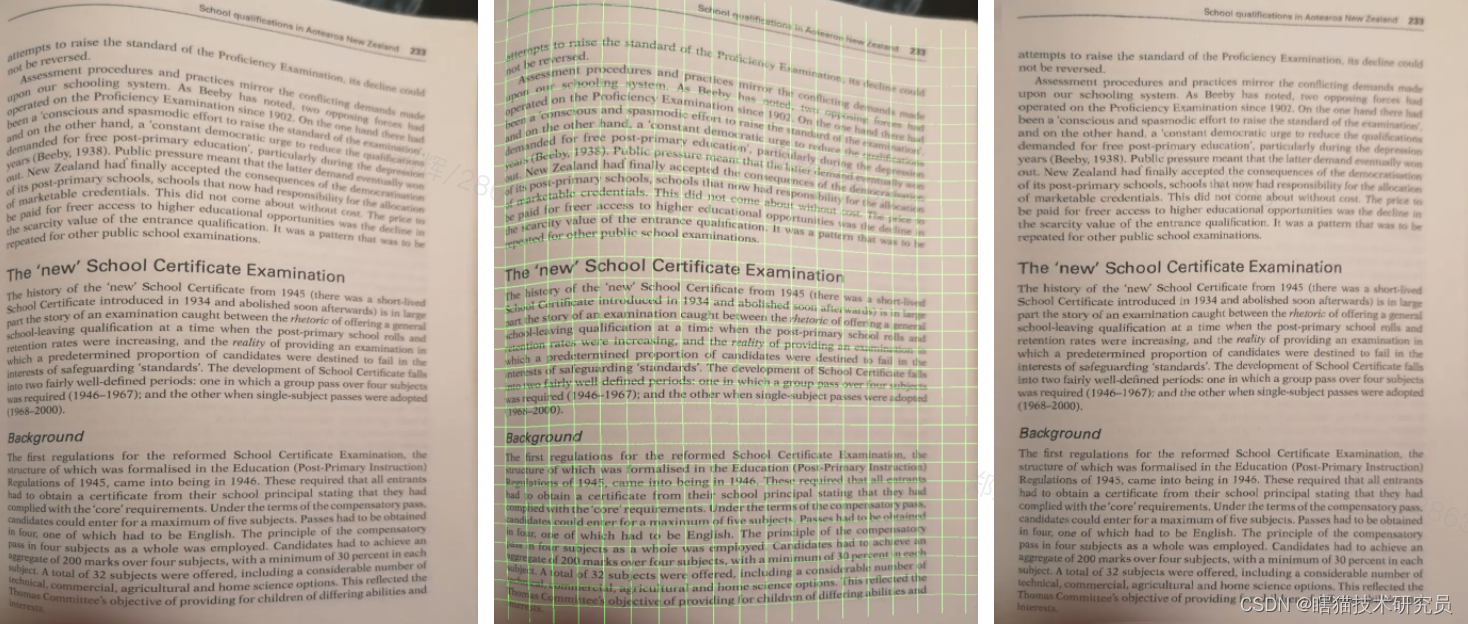

![[BUUCTF newstar week2] crypto/pwn/reverse](https://img-blog.csdnimg.cn/ee948025697f4cb7aa3b9700df8feafc.png)

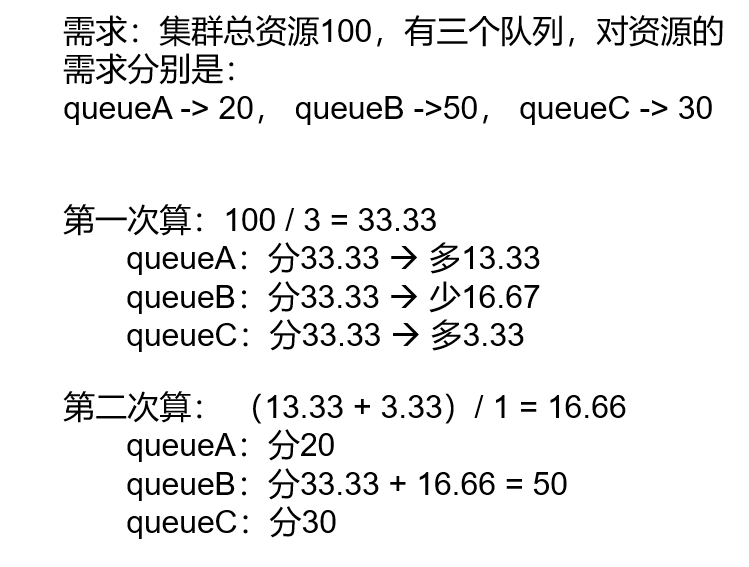

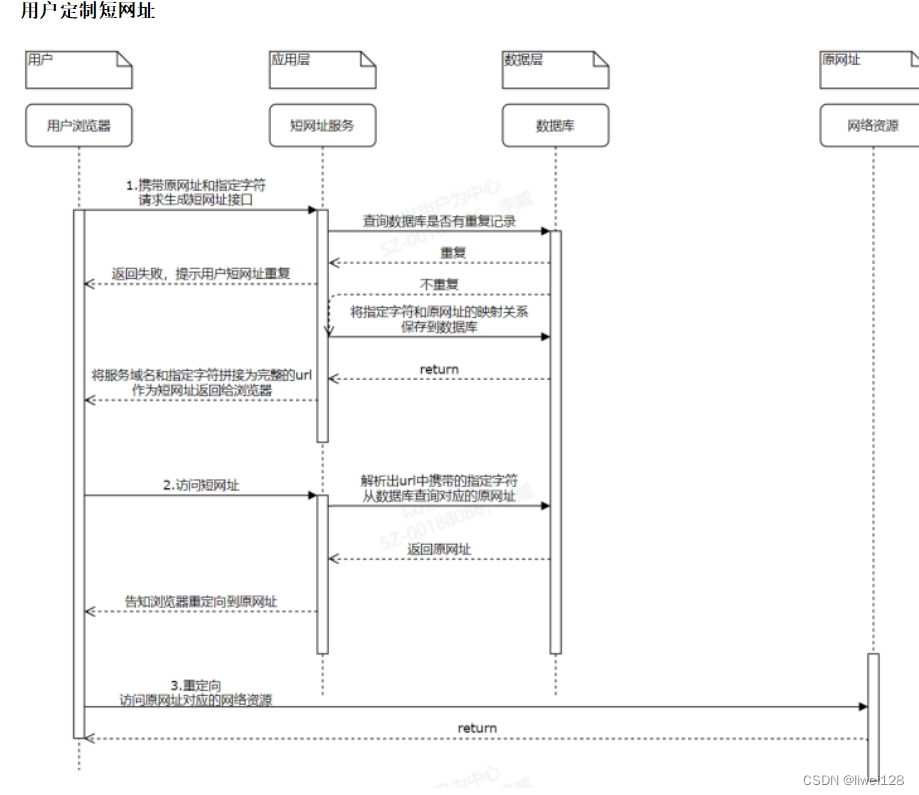



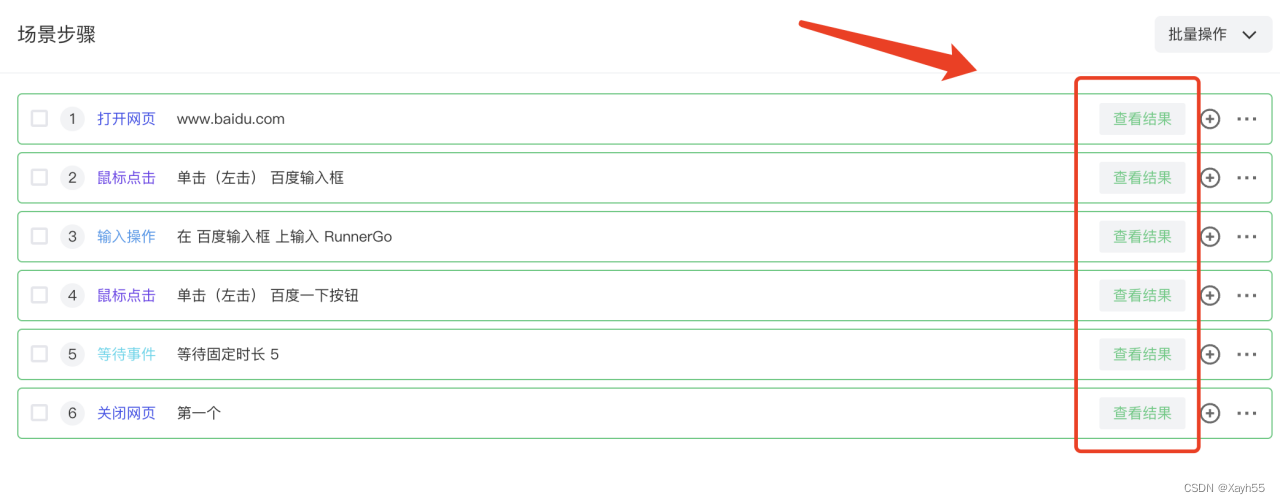


![2023年中国精准护肤发展现状及趋势分析:未来皮肤实现定制化诊断成趋势[图]](https://img-blog.csdnimg.cn/img_convert/a09834b0e39b31014cadeb180cdc69fd.png)





